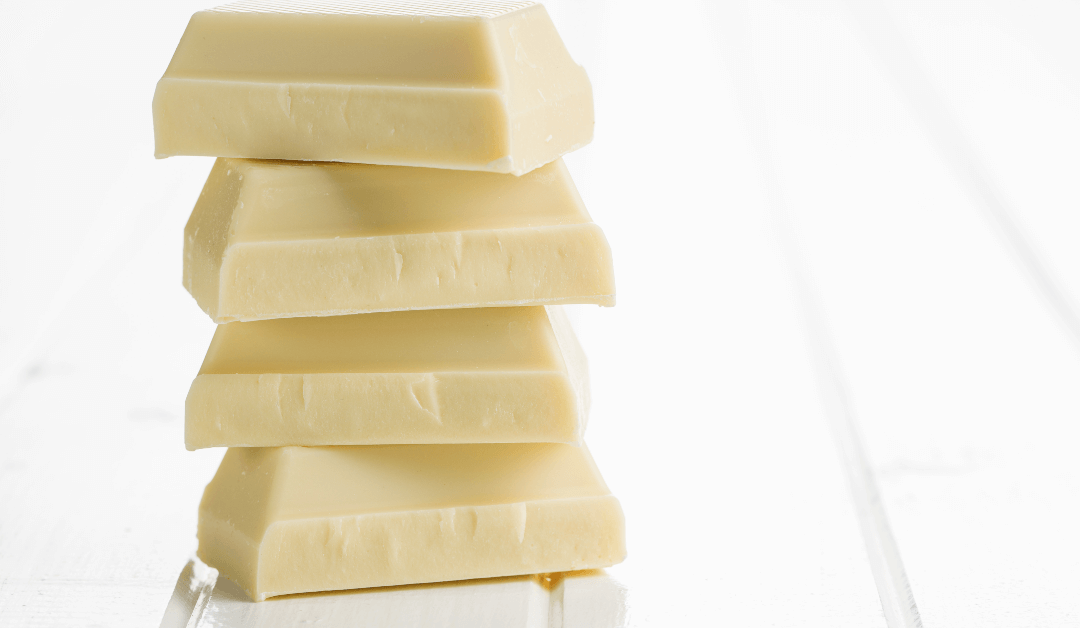The origin of white chocolate is, to a large extent, not clear. However, the consensus is that Nestle started the production of white chocolate commercially in 1936. It was one of their ways of utilizing excess milk powder during World War I. After the Chocolate Museum teaches you the history of white chocolate, the production process, and the health benefits attached, you will surely become impatient and ask yourself why you have not tried white chocolate or make it one of your favorite sweets?
A Brief History Of White Chocolate
White chocolate is one of the sweets that people think less about. The Chocolate Museum has decided to teach people about white chocolate. Did you know that the earliest white chocolate bar was first produced in the 1930s by Nestle – a company in Europe? This chocolate is not like any regular chocolate you are used to or you see around. One of the unique and notable differences is the ivory or pale-yellow white chocolate has in appearance. White chocolate primarily consists of salt, cocoa butter, milk, and sugar. Cocoa butter is one of the ingredients with a solid melting point, which gives white chocolate the uncommon ability to remain solid at room temperatures.
The Production Process Of White Chocolate
During the production process of this chocolate, the dark-colored solids of the cocoa beans are removed from the fat content. Once removed, they are not combined with other ingredients; that is where white chocolate originated. Another remarkable difference is that antioxidants: theobromine, thiamine, etc., are not included in white chocolate like dark chocolate, and the cocoa butter is refreshed to remove the strong taste.
Confectioner’s coating is often mistaken as one of the preparation processes of white chocolate, because the layers are obtained from cheap ingredients, primarily vegetables and animal fat. It is essential to note that these materials do not come from the known cocoa. Though this preparation process gives the chocolate white color, it will lack the cocoa butter flavor.
Due to the above, the United States regulated what can be marketed as white chocolate in 2004. They regulated that white chocolate must weigh at least 3.5% in milk fat, 14% in solid milk, cocoa butter must weigh 20% in white chocolate. In addition, nothing less than a 55% sugar level is accepted. It is the same for other sweetening ingredients. The European Union followed suit by adopting the exact standard; only the amount of sweeteners was not addressed. This has shown the concern and importance channeled towards white chocolate.
Benefits Of White Chocolate
Research has proven over the years that there are health benefits attached to white chocolate, and they include the following:
- It is capable of improving cardiovascular health
- It improves blood circulation
- It reduces our vulnerability to heart diseases
- It assists in lowering blood pressure
This means consuming a disciplined level of white chocolate has health benefits attached to it.
Contact Us
Call us at the Chocolate Museum for white chocolate that is carefully produced with great taste. White chocolate is not only nutritious or beneficial to health alone, it is one of the best sweets out there.

